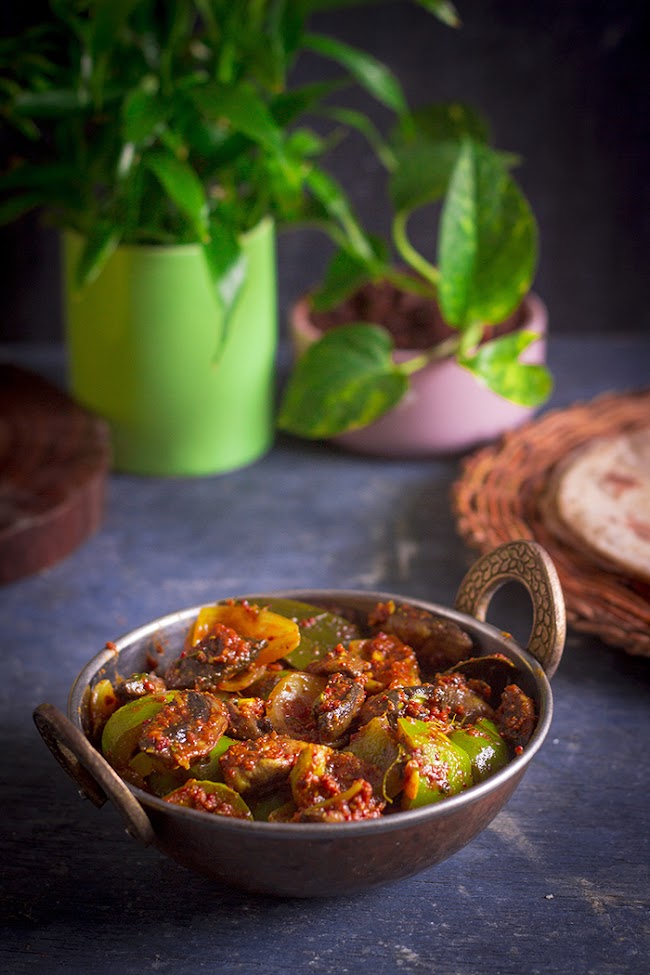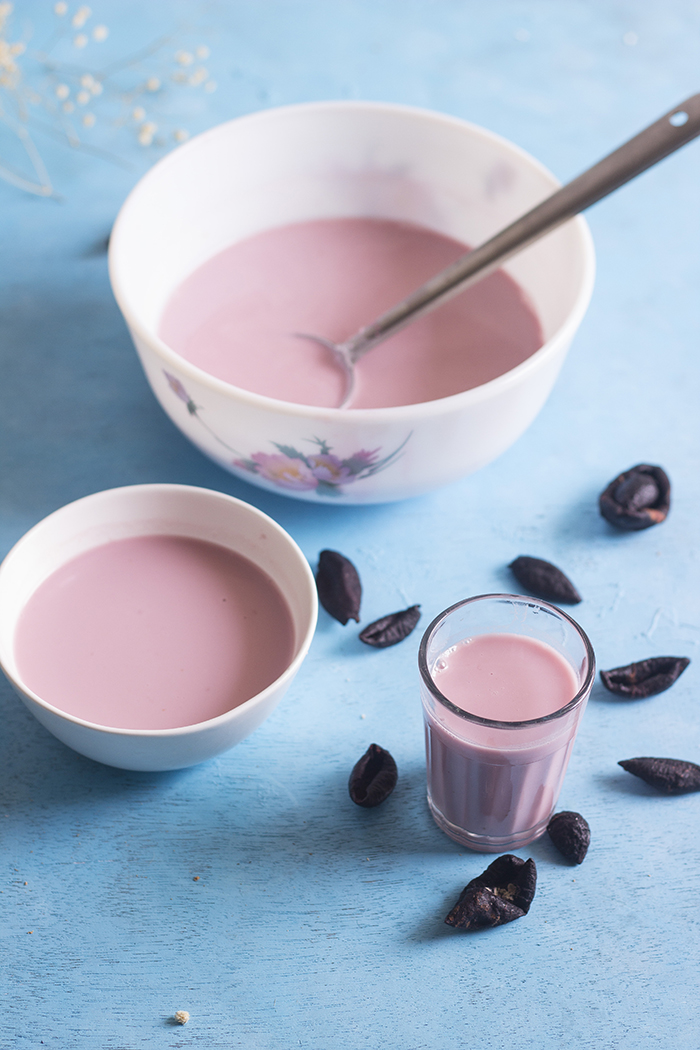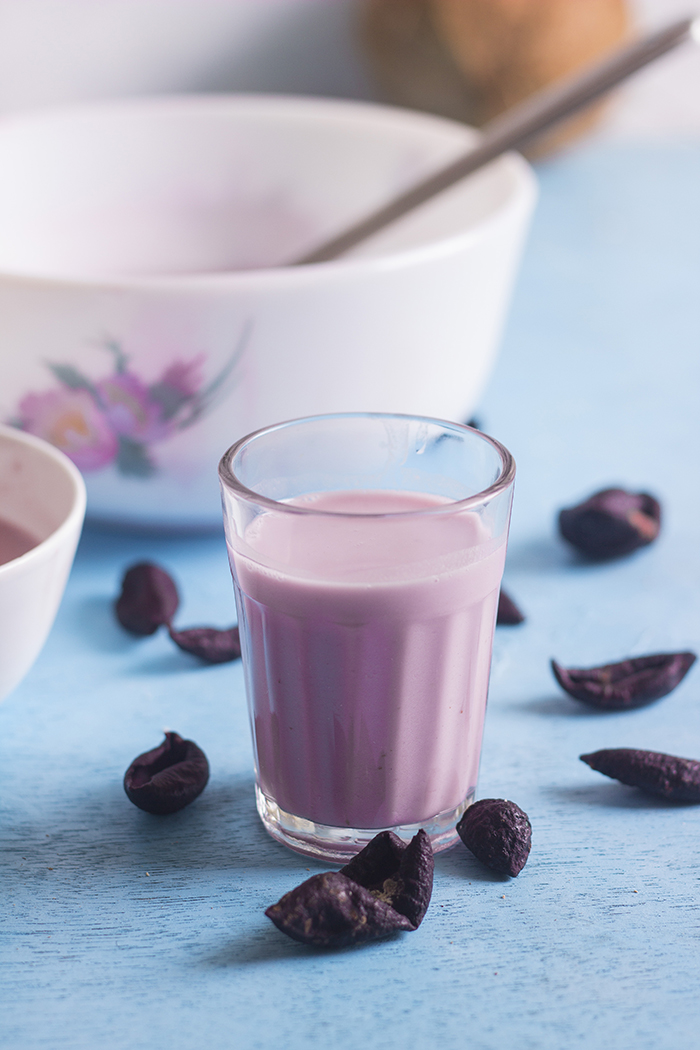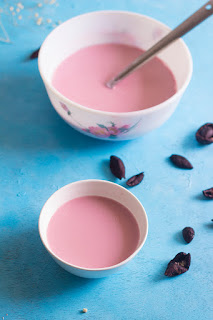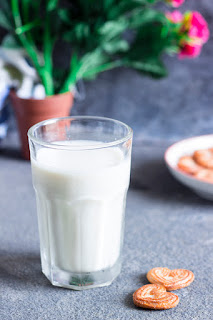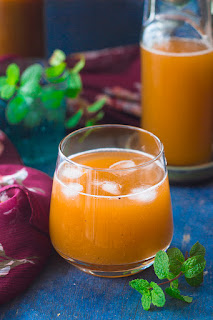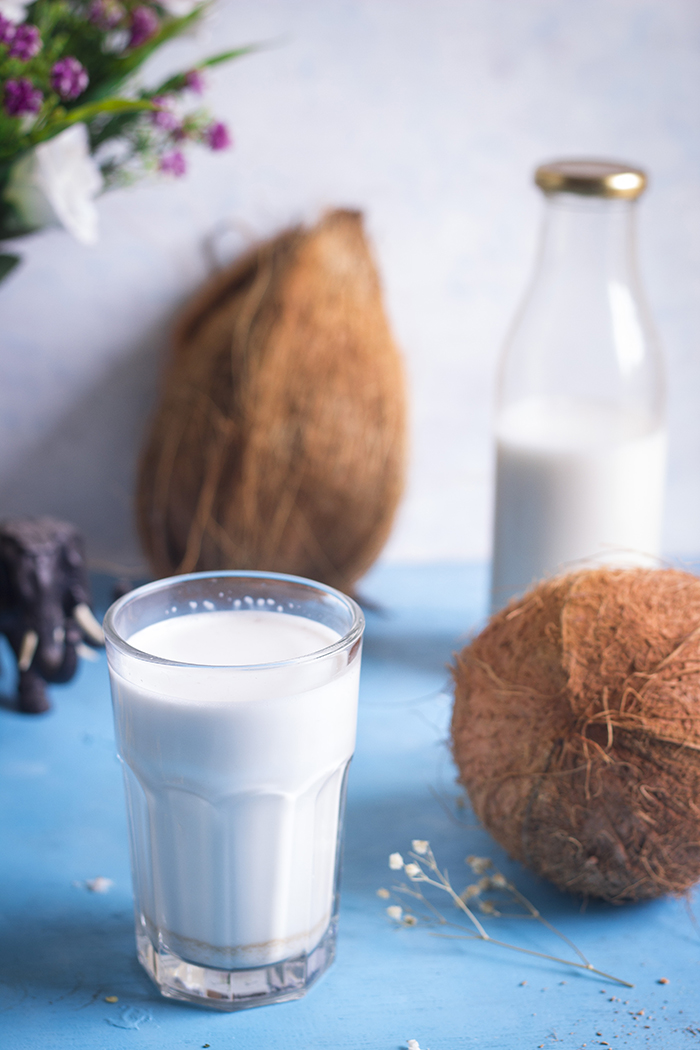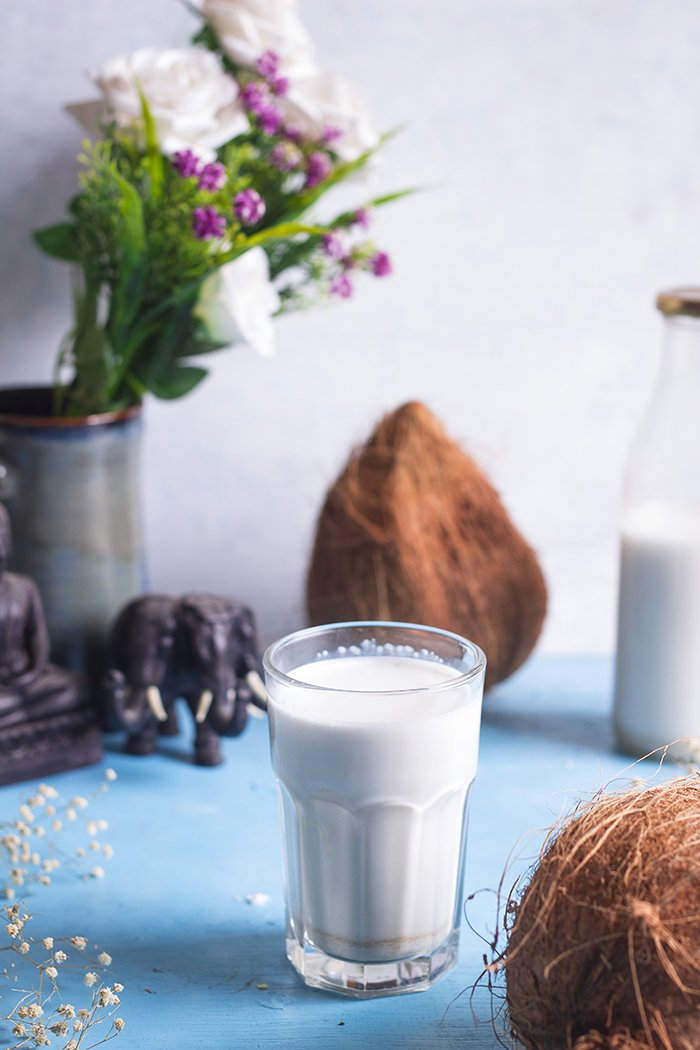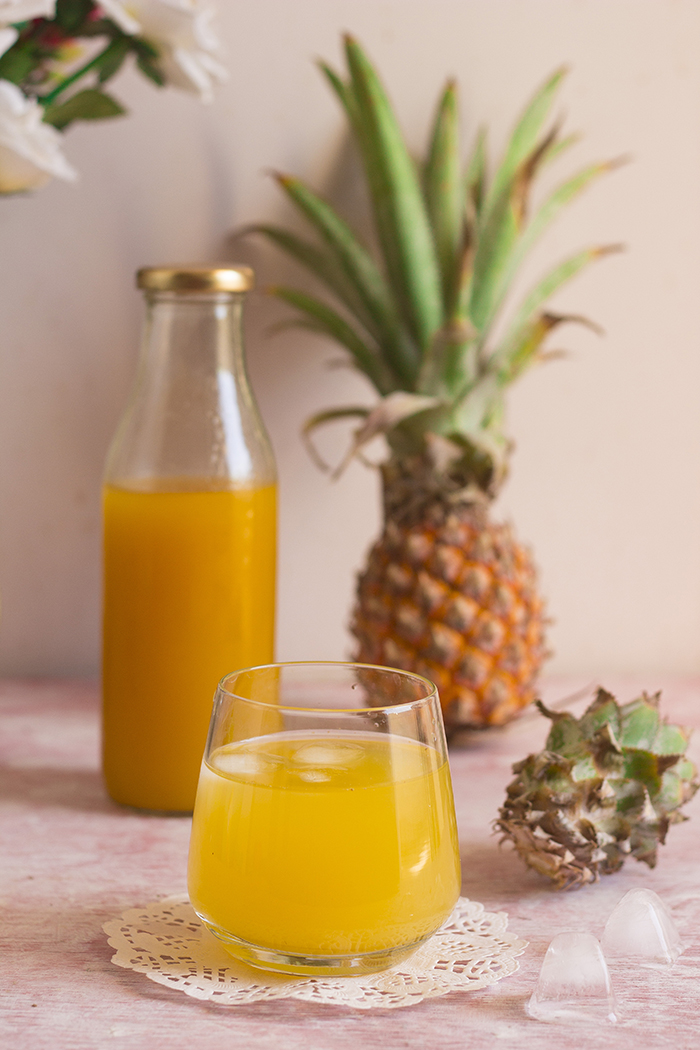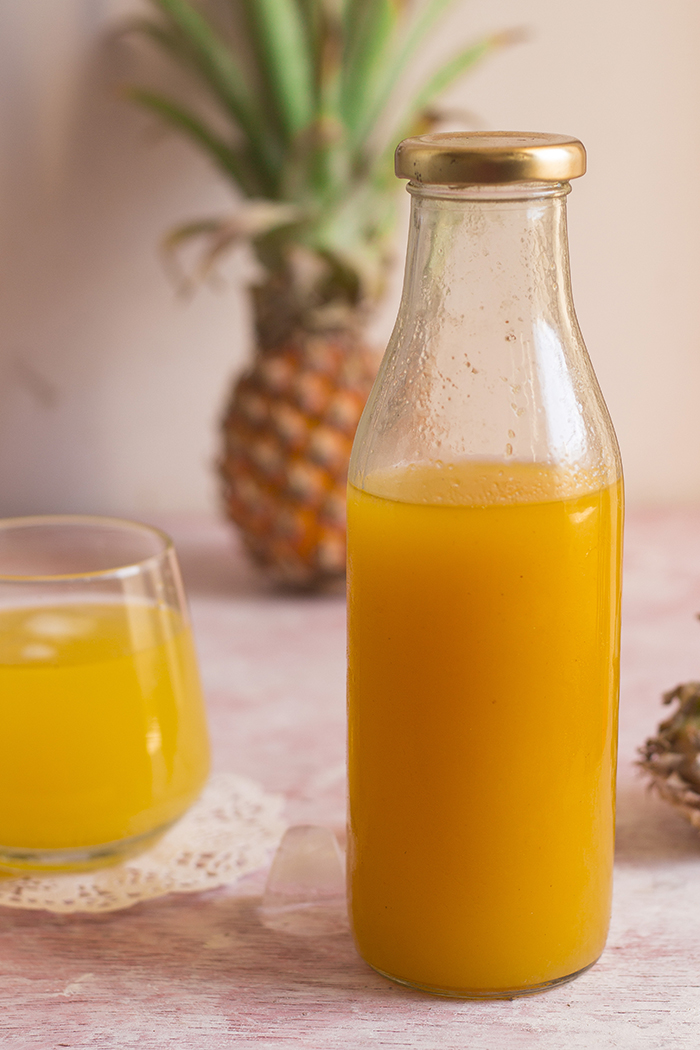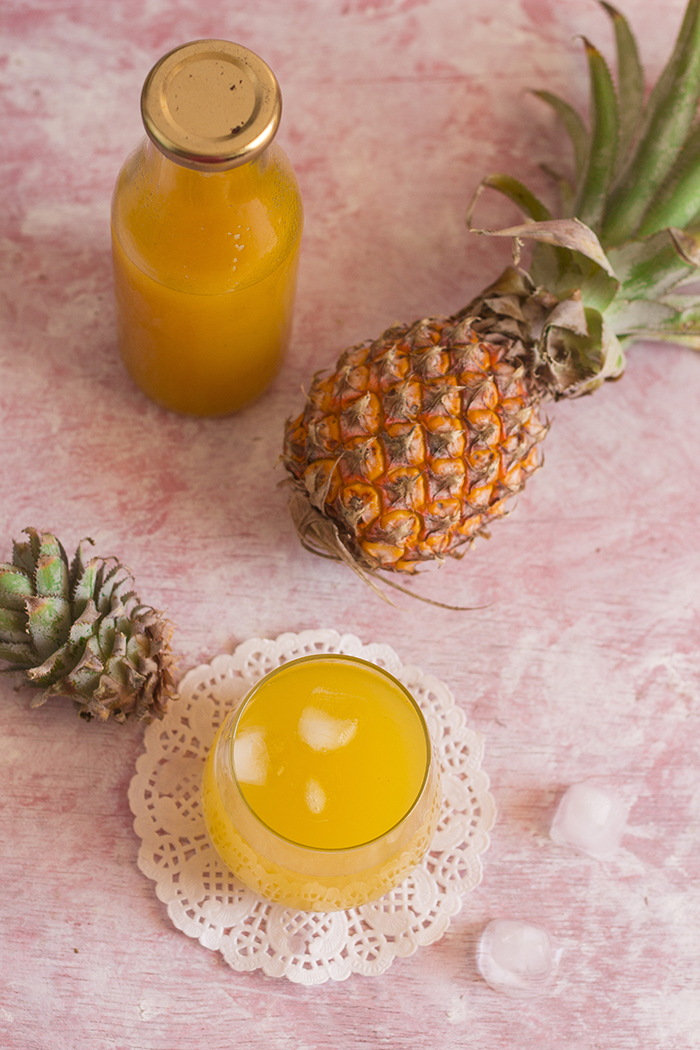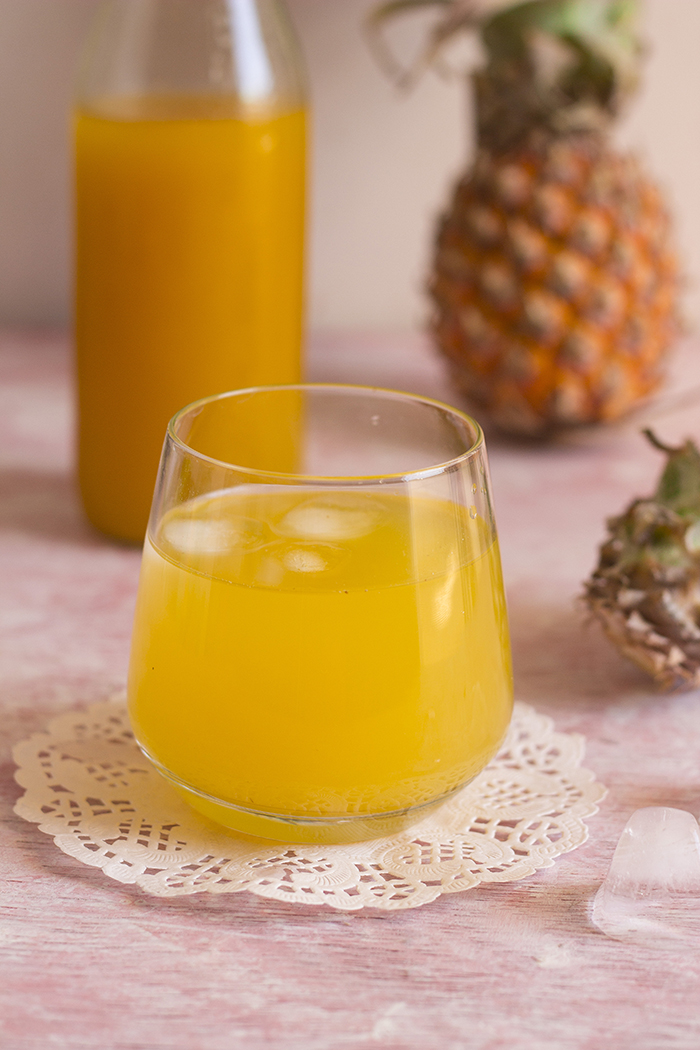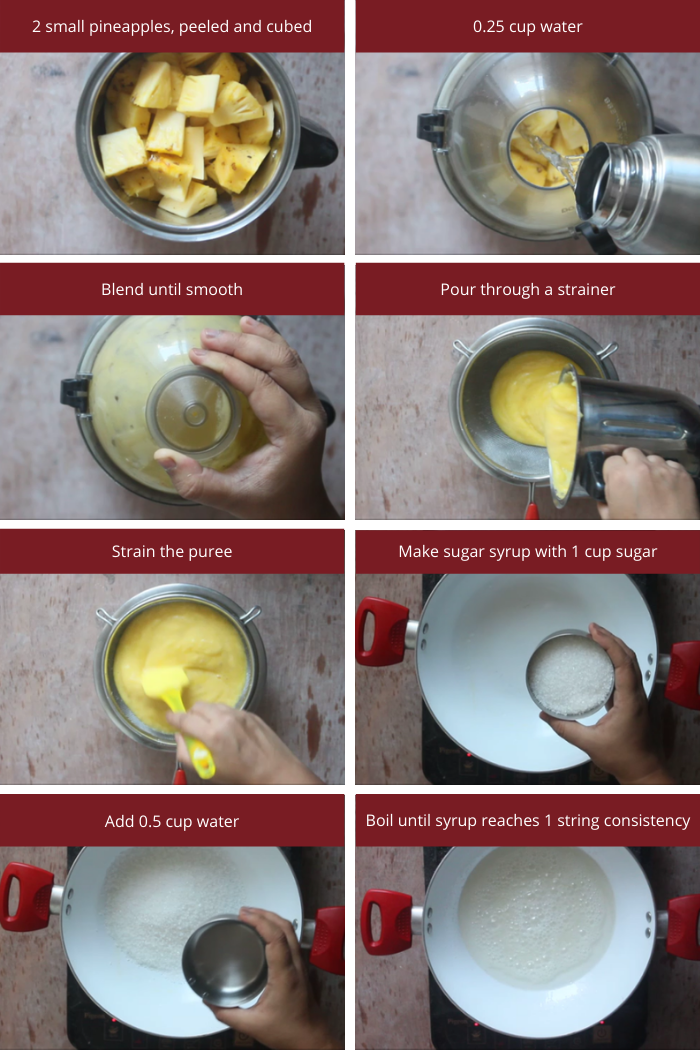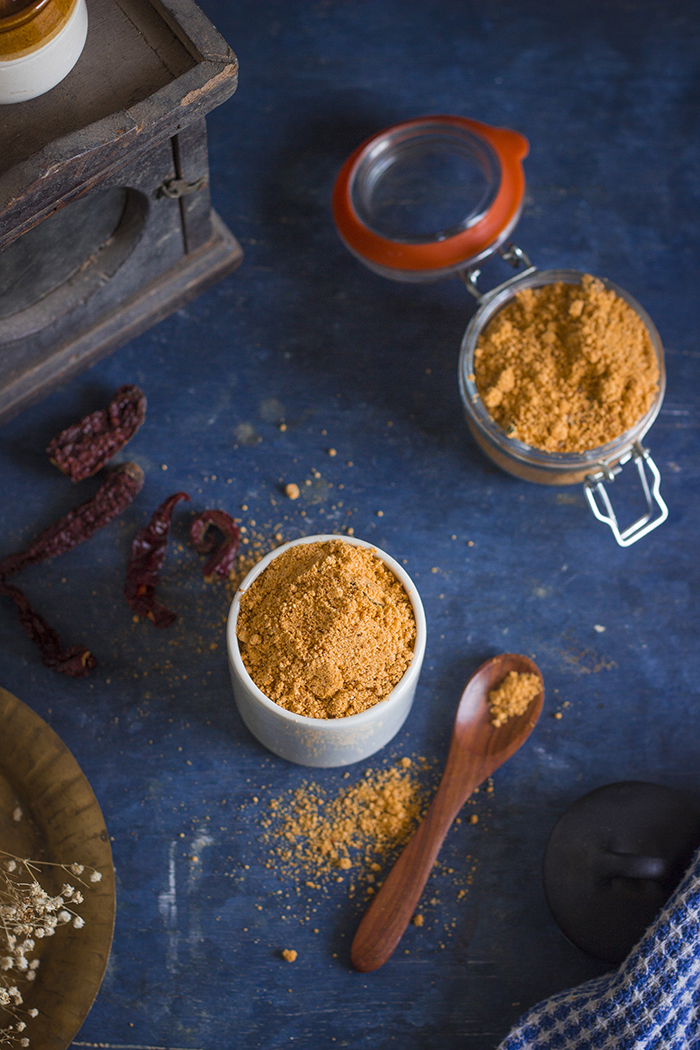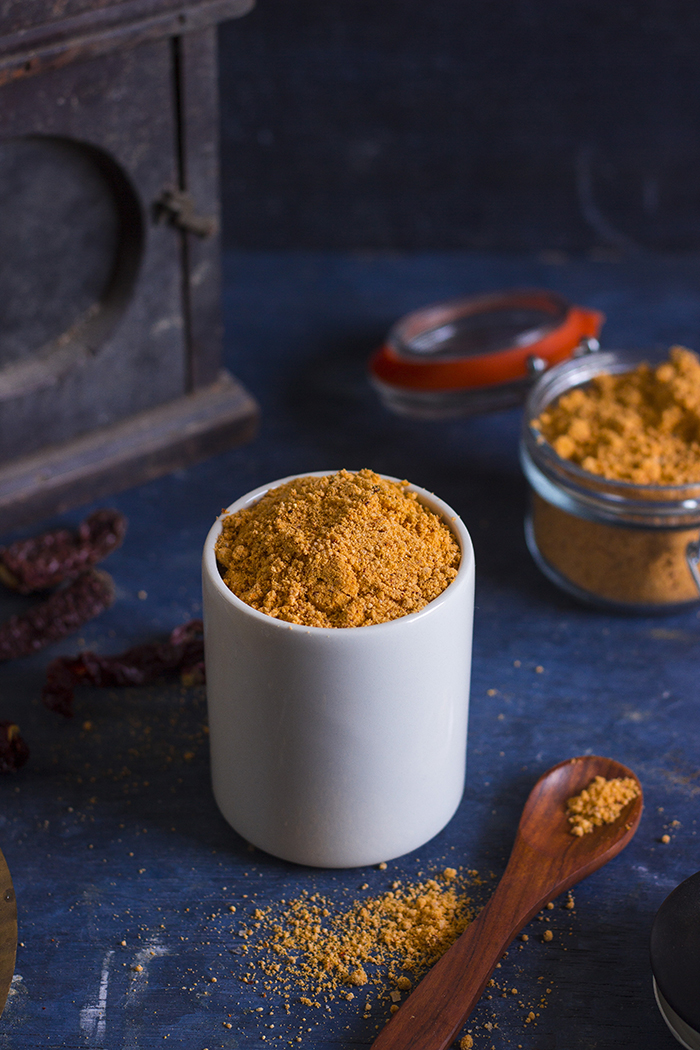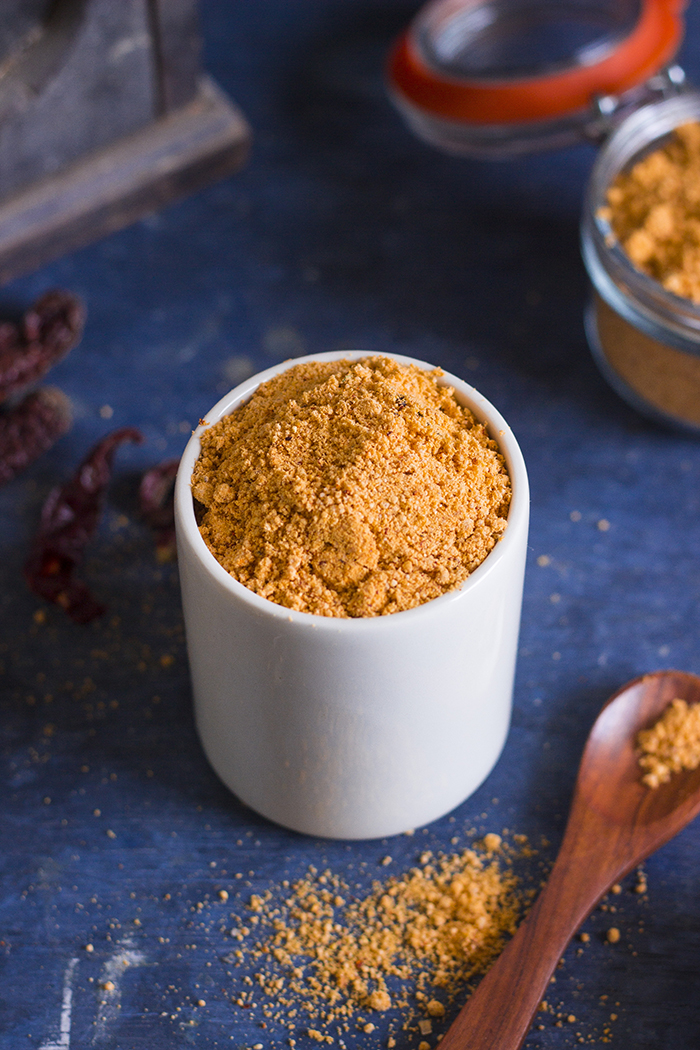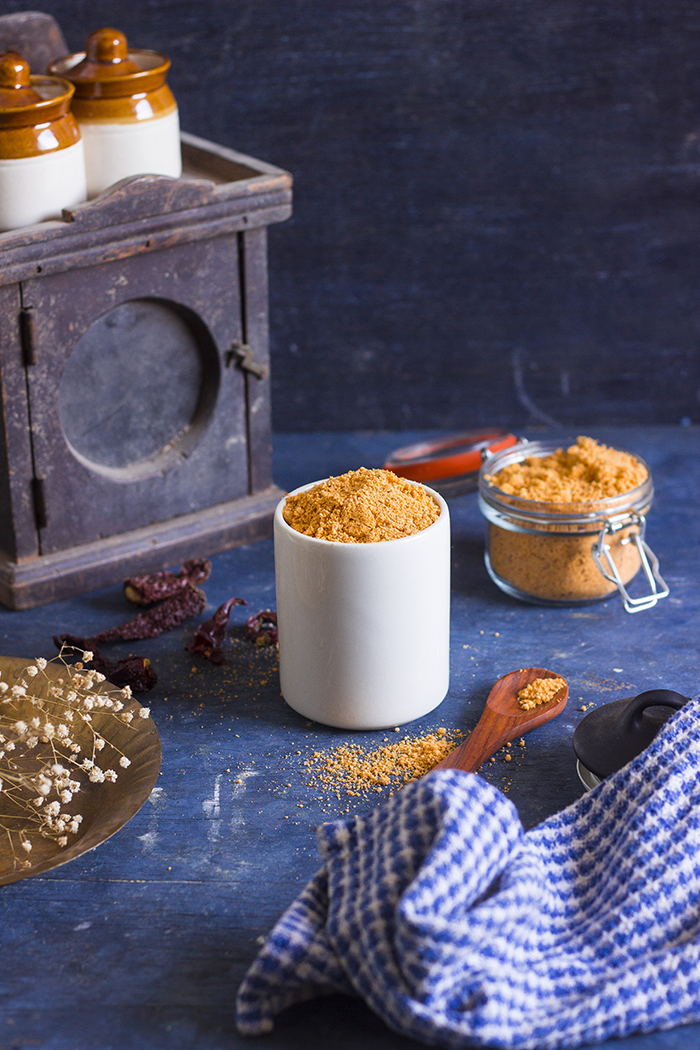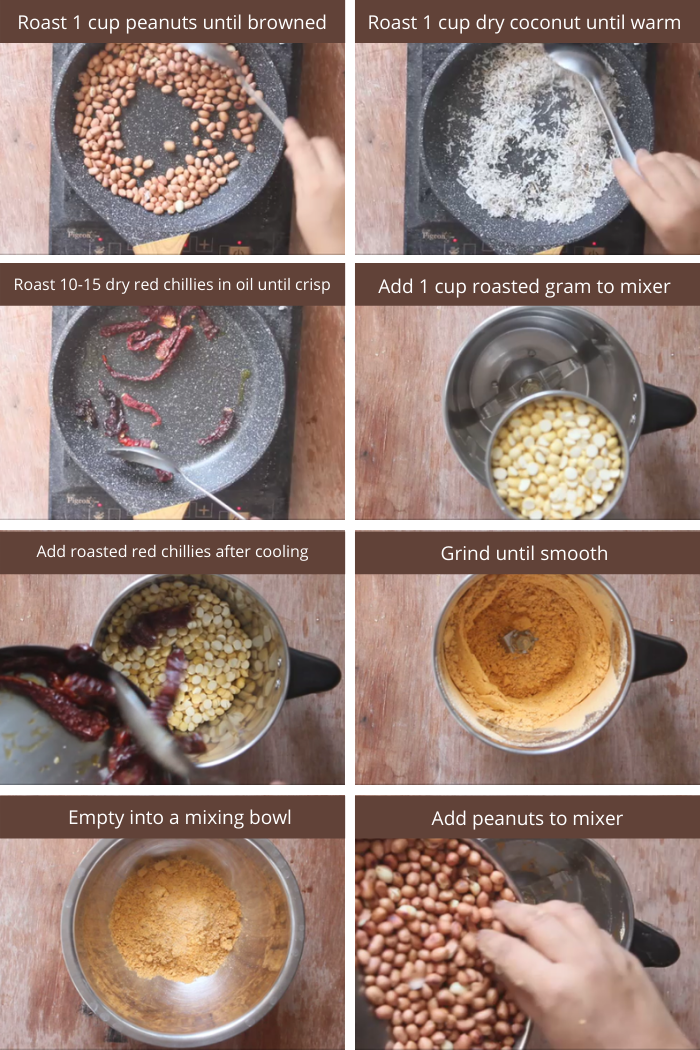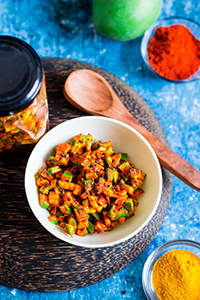Kadhai Mushroom Recipe with step by step video instructions. Kadhai Mushroom is a spicy vegan curry made with mushrooms, capsicum and onions in a tomato based gravy. Kadhai Mushroom can be made either into a dry/semi-dry curry or into a curry with gravy. Kadhai Mushroom is vegan, gluten free and fits a plant based diet.
In a hurry? Jump to Video or Jump to Recipe
I love Mushrooms. It is the meat for vegetarians with loads of umami in it. There is seriously no other veggie that provides that elusive 5th taste that our beloved MasterChef Australia judges talk about.
Btw, are you watching the 12th season? The back to win series with the new jury? I'm completely hooked on.
Kadhai is literal terms is an Indian wok or the little vessel you see in my photos. That is a kadhai. So Kadhai Mushroom just translates literally to mushroom cooked in a wok. But as a dish, it is so much more than just that.
Kadhai Mushroom is a spicy melee of mushrooms, capsicum and onions simmered in a freshly ground masala that is so fragrant and a bit of tomato puree for that tartness and body for the curry.
This is probably one of the only curries where I don't substitute the masala with my Garam Masala. It just doesn't taste the same. The fresh masala adds so much flavor that it is almost a sin to substitute it with any store bough mixed spice powder. So I highly recommend making your own spice blend, just for this, and maybe then using it for myriad other curries.
Btw, are you watching the 12th season? The back to win series with the new jury? I'm completely hooked on.
What is Kadhai Mushroom?
Kadhai is literal terms is an Indian wok or the little vessel you see in my photos. That is a kadhai. So Kadhai Mushroom just translates literally to mushroom cooked in a wok. But as a dish, it is so much more than just that.
Kadhai Mushroom is a spicy melee of mushrooms, capsicum and onions simmered in a freshly ground masala that is so fragrant and a bit of tomato puree for that tartness and body for the curry.
This is probably one of the only curries where I don't substitute the masala with my Garam Masala. It just doesn't taste the same. The fresh masala adds so much flavor that it is almost a sin to substitute it with any store bough mixed spice powder. So I highly recommend making your own spice blend, just for this, and maybe then using it for myriad other curries.
The details...
Kadhai Mushroom is probably one of the easiest curries to make. To make Kadhai Mushroom, toast the whole spices - coriander seeds, cumin seeds, green cardamom, black cardamom, bay leaf, cloves and pepper. Toasting on low heat makes the spices release their oils and makes them more fragrant. Toast the dry red chillies, if using. This can be substituted with red chilli powder or with paprika without affecting the flavor and there is no need to toast it either. Once everything has cooled, make a quick powder.
Next, saute the mushrooms and keep them aside until later. If you don't have the time to do this, just toss them into the curry later and allow them to cook in the masala.
The onions and capsicum are cut into large chunks. This is meant to be a chunky curry. They are sauteed along with ginger garlic paste until they are cooked slightly. Do not overcook the capsicum, it is meant to retain the crunchiness.
Then the tomato puree, turmeric, salt and masala is added along with desired amount of water and the curry is simmered for a few minutes. The mushrooms are added at the end and given a quick stir.
The kasuri methi or dried fenugreek leaves provide an additional salty bitter fragrance that goes superbly with the curry.
Kadhai Mushroom can be served as a side with roti or naan bread or even with rice.
If you like this recipe, do not forget to share it with your friends and family!
Video Recipe
--------------------------------------------------------------------------------------------------------------------------
Kadhai Mushroom Recipe
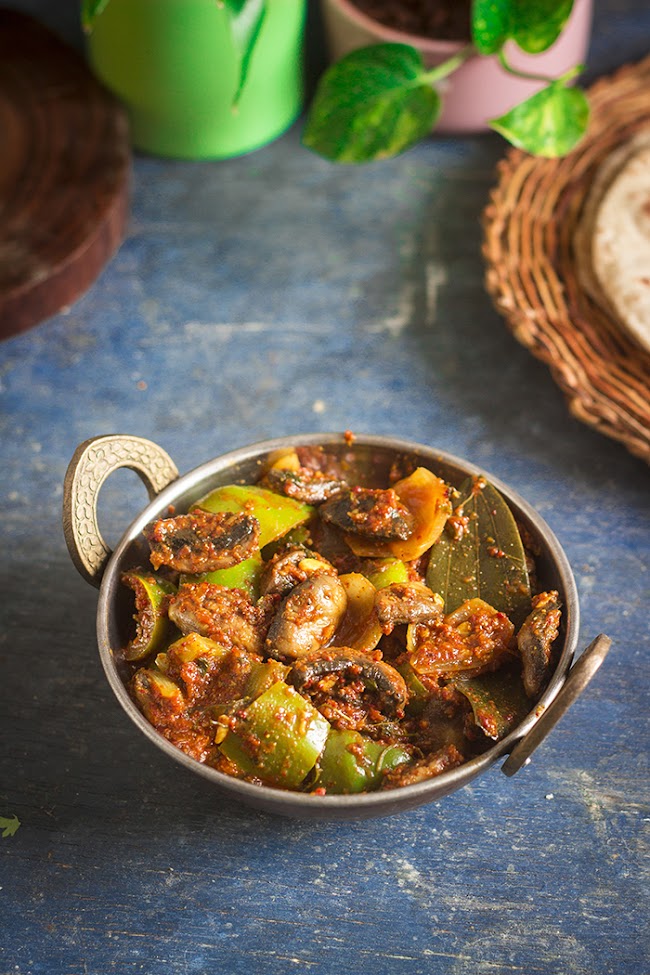 Kadhai Mushroom is a spicy vegan curry made with mushrooms, capsicum and onions in a tomato-based gravy. Kadhai Mushroom can be made either into a dry or semi-dry curry or into a curry with gravy. Kadhai Mushroom is vegan, gluten free and fits a plant based diet.
Kadhai Mushroom is a spicy vegan curry made with mushrooms, capsicum and onions in a tomato-based gravy. Kadhai Mushroom can be made either into a dry or semi-dry curry or into a curry with gravy. Kadhai Mushroom is vegan, gluten free and fits a plant based diet.Recipe Type: Curry
Cuisine: North Indian
Prep Time: 10 minutes
Cook time: 30 minutes
Total time: 40 minutes
Yield: Serves 2
Author: Anupama
Ingredients:
200gms Mushrooms
1 Capsicum
1 Onion
1 cup Tomato Puree
1 Tbsp crushed Ginger-Garlic
1 Tbsp Coriander Seeds
1 tsp Cumin seeds
3-4 dry Red Chillies or 1-2 tsp Red Chilli Powder
0.5 tsp Black Pepper
2 Green Cardamom
2 Cloves
1 Black Cardamom
2 Bay leaves
0.5 tsp Turmeric Powder
1 Tbsp Kasuri Methi
4 Tbsp Oil
Salt to taste
Water as required
Method:
1. In a kadhai or pan, dry roast the coriander seeds, cumin seeds, green cardamom, black cardamom, 1 bay leaf, cloves, dry red chillies and black pepper for 1-2 minutes until fragrant. Remove from heat and allow to cool. Once cool, grind to a fine powder.
2. Cut the onions into petals and chop the capsicum into large chunks. Halve the mushrooms.
3. In the same kadhai heat 1-2 Tbsp oil and saute the halved mushrooms until cooked. Remove from heat and keep aside.
4. Add the remaining oil and add the onions, crushed ginger garlic and 1 bay leaf and saute until the onions are slightly soft.
5. Add the capsicum and fry until the capsicum is slightly browned.
6. Add the tomato puree, turmeric powder, ground masala, red chilli powder if using, salt and saute on low heat for 2-3 minutes.
7. Add water as desired, and simmer for 4-5 minutes on medium heat.
8. Add the mushroom and mix well.
9. Top with kasuri methi and mix well.
10. Serve hot with roti and rice.
If you liked this, you may also like:

